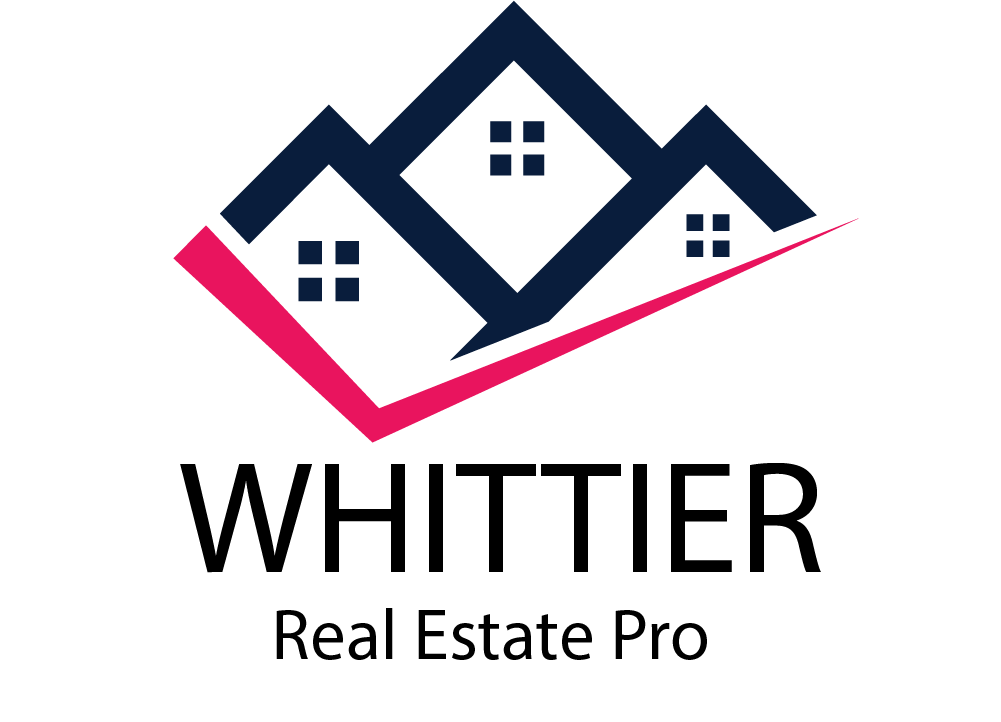Step Nine: Closing the Sale
 The closing, also known as settlement, is the final step in the home sale process. It’s when ownership of the property is officially transferred from the seller to the buyer.
The closing, also known as settlement, is the final step in the home sale process. It’s when ownership of the property is officially transferred from the seller to the buyer.
Final Walk-through
Before the closing, the buyer typically conducts a final walk-through of the property. This is their opportunity to verify that the home is in the agreed-upon condition, any requested repairs have been made, and any included items are still present. The final walk-through typically occurs within a few days of the closing date.
Signing Final Paperwork
As part of the closing, all the necessary final legal documents are signed by both parties. These documents affirm the terms and conditions of the sale and include the deed of trust, mortgage, the final escrow settlement statement, and the closing disclosure. The closing is typically facilitated by a settlement agent, who could be an escrow officer, a representative from the title company, or, in some states, a mobile notary.
It’s crucial to read and understand all the paperwork before signing. Your escrow officer or attorney can help explain any terms or conditions that you may find unclear.
Transferring Ownership
Once all the documents are signed, the buyer’s funds have been transferred to the seller, and the loan has been funded, the property’s deed is recorded with the local county recorder’s office. This act officially transfers ownership of the property from the seller to the buyer.
The seller will then provide the keys to the buyer and any other necessary items like alarm codes or garage openers, and the buyer is now the official owner of the property.
Closing can be a complex and emotional process, as it marks the final step in your home sale journey. Having a clear understanding of what to expect can help you navigate this final stage with ease and confidence.
Curious about your home's value? Find out instantly!
Sample widget setup using HomeBot. This is optional but highly recommended, find out more at homebot.ai


